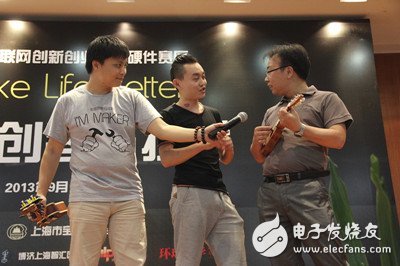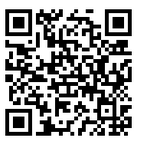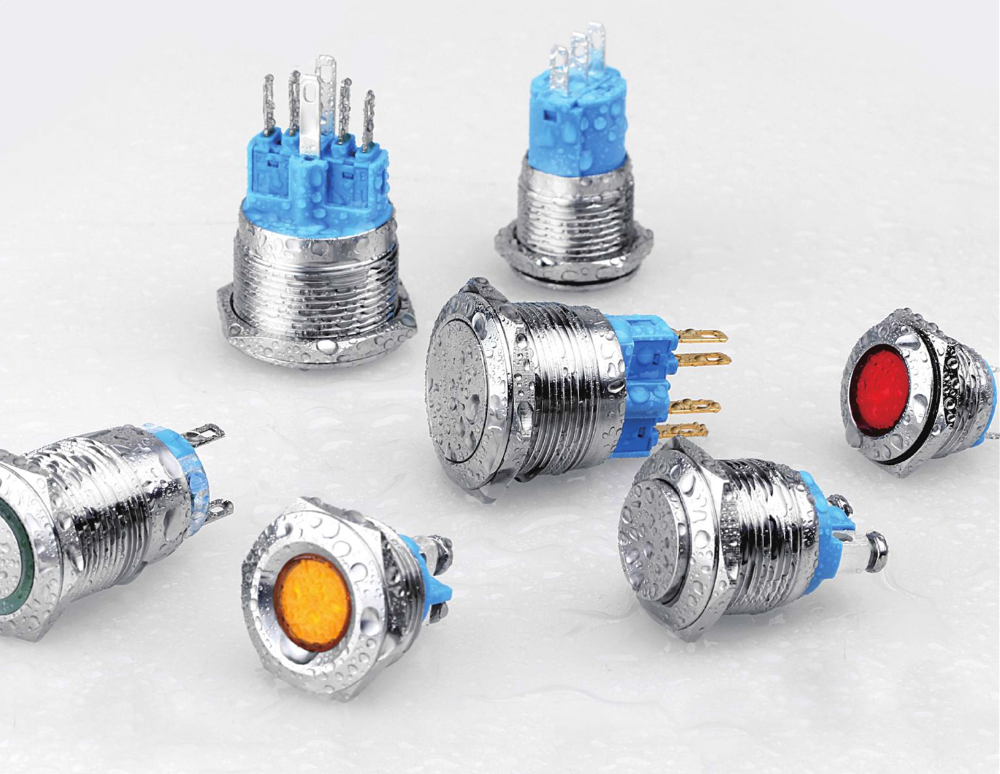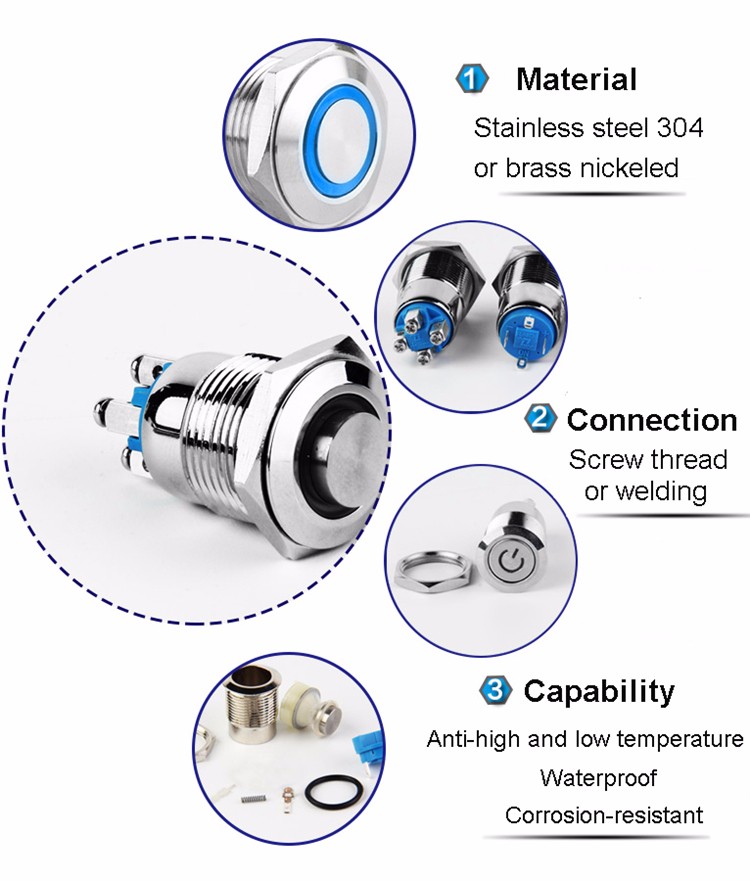On November 6th, on Wednesday, the new workshop in Changle Road, Shanghai was crowded with people. "This is the Arduino box I made." The maker Allen He from Hunan took out a small box with only two fingers wide. "This is much smaller than the previous one. It is very convenient to carry. I won't say much." There are about thirty or forty spectators in the audience, and the small podium is surrounded by water. Someone nodded, and some frowned: What is Arduino? What can this box do for? This scene reminds you of a scene in the film "Steve Jobs": Steve Wozniak and his friend Steve Wozniak brought the Apple Zero in the garage and took it to the "Homebrew Computer Club" show. Wozniak is not confident, stuttering, and Jobs is confident, and concludes that the Apple console they make will change people's lives. Some people feel that the content is lacking, leaving early, most people are dozing off. Even so, Steve Jobs and Wozniak's Apple mainframe still received recognition from individuals, and thus started from the hands-on workshop, and finally established today's world-renowned Apple. In a certain sense, Jobs and Wozniak are the earliest makers: a group of people who love creation, put their ideas into practice, and make real things. The maker space gathers scattered makers to share venues, equipment and ideas. Open source and sharing Three years ago, China opened its first maker space, the new Shanghai workshop. The new workshop is located in an open office, going from the gate to the left and you can see a row of lockers. There are some weird things in the cupboard: four-rotor flying chess, 3d printers, small robots, electronic mousetraps... The corridors that are separated by the lockers are at the end, which is the space that the makers usually play. Looking up, I saw the airplane model hanging from the ceiling. “The new workshop is actually a place to play.†Founder Li Dawei introduced the unique Taiwanese costume. He wore a fleece casual coat and fat jeans and black-rimmed glasses. He studied computer science at his university. His job is a programmer. He has been immersed in the industry for more than 20 years. He has witnessed the Internet from the initial high threshold and the high-tech product "fallen" into today's daily necessities. He found that enterprise application development has evolved from traditional application collection data to the Internet of Things, using computer programs to control external hardware. But when studying the Internet of Things, the most painful thing for him is that he can't find the hardware that can be matched. Subsequently, his interest shifted to open source hardware. Open source is open source and sharing. Open source hardware refers to electronic hardware that is licensed to others through open source methods such as design drawings, raw materials, and execution software. Anyone who has an open source hardware can modify, produce, sell, and share according to their own needs. Li Dawei believes that the meaning of open source lies in understanding how new things work, and can be modified and modified to be passed on to others. Arduino is such an open source electronic prototyping platform that senses the environment and controls lights, motors and other devices through a variety of sensors. It can be seen and touched, it looks like an integrated circuit board, and it is big and small. Li Dawei used Arduino to make a 3D printer, a quadrotor, a waterproof controller that was sewn on the clothes... Finally, when the family could no longer hold his "playing stuff", he was driven out. Later, Li Dawei and his friend rented a space of 15 square meters at No. 50 Yongjia Road, Shanghai, and created a “new workshopâ€. With more and more people playing, 15 square meters of small space finally squeezed, the new workshop after two relocations, settled in the 180 square meters of open office in Changle Road. Every Wednesday night is the opening day of the new workshop. Taking this opportunity, members can show their works to the public and people can visit. At 7:00 pm on Wednesday, November 6, there are already twenty or thirty people in the new workshop. Without the difference of the host guests, people may discuss in front of a 3D printer because of their interest, or greet each other because they are familiar with each other. Two foreign children are playing around their father to play electronic modules, and some people exclaimed after the conversation: "You are the first time you come!" The show is about to begin, and people have helped move the table and move to the chair. When the people were seated, the Brazilian Lucio came to the stage to welcome everyone in English. He pointed to a small box hanging on the wall and said, "If you want to join the new workshop and become a member, just put your name and contact information into it. Someone will contact you. The membership fee is 100 yuan per month. If you pay half a year, it is 450 yuan." He pointed to the refrigerator covered with the refrigerator and said: "The drink is in the refrigerator, above There is a price tag. If you are thirsty, go for a drink yourself and put the money in a small box next to it." Yes, at the beginning of the creation, several founders decided to operate the new workshop in a non-profit manner. Implement membership system, you can join as long as you are interested, and you can rent space and equipment at will. In order to cover the cost, the new workshop also held some paid workshops on weekends. Old maker's troubles The show on November 6th involved in maker education, open source hardware Arduino production and art. Alejandro Piscitelli, a philosopher from Argentina, said that he is currently working on the Paseo Lab in Columbia, South America, where students learn humanities and science in hands-on creation. Allen He is a maker from Hunan who brings his own mini-Arduino box. The two-finger Arduino box connects the external facilities to the computer and is controlled by a computer program for easier carrying. New York photographer Ellen Jong introduces her unique photographic work Pee Theory: "Water is the source of everything, people can't live without water. But we have never looked at the water that flows out of our body - urine." So she crouched down Take pictures of your urine and current scenery at different locations to remind people to pay attention to the relationship between water and ourselves and the environment. Huang Zengxin, a creative teacher at Shanghai Xiangming Middle School, brought his own new model – a classroom that reduces students’ nearsightedness. When people are in the daytime, they pull up the curtains and turn on the lights because of the sun. In his view, this is a very wasteful act of the sun, not only is not environmentally friendly, and the lighting of the lights has increased the possibility of students' nearsightedness. Therefore, he made a metal window that reflected the sunlight to the ceiling of the room, and installed a lampshade on the incandescent lamp in the classroom to make it emit direct light. In this way, on sunny days, the sun will not shine directly into the classroom, but will be reflected to the ceiling to provide students with natural light. Under the stage, he saw me and sat on my side, saying that he could not understand what other people said. The 66-year-old white-haired old man was honored as the old maker of China by Li Dawei. He is a member of the China Association for Science and Technology and a member of the Shanghai Creation Association. He was met by national leaders such as Deng Xiaoping and Hua Guofeng at the National Science Conference in 1978. He called himself a professional inventor. His more than ten years of creative education is to guide high school students to invent and participate in various innovation competitions. He himself and his students have obtained more than 1,000 patents. The thing that puzzles him is: "I invented a lot of things, but the country did not care about me." Shanghai Xiangming Middle School has a two-story house filled with students' inventions. "This is a manual electric light." Huang Zengxin picked up a column of lamps made up of a set of electric coils, magnets and bulbs. The hollow part put an iron rod. He pulled the iron rod back and forth, and the light bulb slowly turned on. . "This is the simplest principle of magnetoelectricity, but it works very much! We always say that energy is scarce. If we do some equipment at sea and let the surging sea waves generate electricity, isn't it a major invention?!" In the corridor of Xiangming Middle School, a lot of inventions that students had won awards were piled up. The walls of the corridor were covered with award certificates. Huang Zengxin took the reporter into his studio, a house of more than 20 square meters. There are not only small cutting machine tools and other processing machines, but also various parts. A small TV set is playing a TV series, and the sound is very loud. He took out a pair of leather shoes and a black cloth, "I will give you a magic!" He put on one foot in the shoes, lifted his foot, but lifted both shoes. "There is this!" He took out a hundred dollar bill and a pen passed through it. "One, two, three!" He immediately took the pen out of the middle of the money and smiled like an old urchin: "It's fun!" Huang Zengxin said that the physics class of other teachers always tests various calculations, but he The creation of a lesson can be transformed into magic with physics, which is of great interest to students. But sometimes I think that my invention is unappreciated, and this "professional inventor" is still depressed. He believes that major inventions have not been adopted by the government, nor have they been adopted by the commercial. The patent specification is like a piece of paper, laughing at him. China Merchants Movement Huang Zengxin’s experience and the story of Chris Anderson, former editor of Wired magazine, in the opening of The Maker are exactly the same: the grandfather invented the automatic sprinkler system. In order to put the invention on the market, he must find a willingness to market the invention. Manufacturer. “This is not only difficult but also causes the inventor to lose control of the invention. The owner of the production material has the right to decide which product to produce.†But the similar difficulties faced by makers will be changed in the Internet age. Chris Anderson wrote: "If the grandfather is not born in 1898, but in 1998 after a century... he will not just immerse himself in his own small world, but is as obsessed with DIY as he is around the world. People share each other; they will not invent inventions from scratch, but they will learn from the achievements they have made, concentrating decades of work in a few months; they will not be fascinated by patent applications, but will be like others. The design results are released on the Internet....and the grandfather will not bother to find a dealer. As long as you build your own e-commerce website, customers will find their homes through online search instead of salesmen." Chris pointed out that today's maker movement has three transformative commonalities: First, people use digital desktop tools to design new products and make model samples. Second, makers have shared design results and cooperation in the open source community. A cultural norm; in addition, anyone can pass the design to a commercial manufacturing service provider through a universal design document standard to manufacture the product in any number of scales, as well as desktop tools. "Through the sharing of knowledge on the Internet, the knowledge of the original professional field will be disseminated to the public. The maker space is a place for communication. Let everyone know that these things do not need to have an electronic degree. You can be as long as you are interested. Do." Li Dawei said. Chinese makers have more advantages In Chris's view, the beauty of the network is the popularity of invention tools and production tools. Brazilian Lucio once gave up the family business, traveled the world on a sailing boat for a year, and later went to Shanghai. In the new workshop, attracted by 3D printers, a year later, he created a Lucio 3D printer. "In the future, you can use it to print chocolate, print toys, print anything you like!" He also rented a storefront, intending to showcase his own 3D printer and teach interested people. Kami graduated from the Department of International Finance and Trade of Shanghai Business School last year and currently works as a network engineer in the R&D department of the Shanghai Institute of Standardization. He is particularly interested in robots, and in just two or three months this summer, he created the small modular desktop robot DT-Robot. This robot with an orange cloak can be as flexible as a building block, and it is inexpensive and compact. Kami uses a mobile phone to operate the robot, allowing the robot to perform a variety of different actions: running, squatting, muscles, cloaks, attacks, and summoning like Altman... The price of the same type of robot on the market is around 5,000 yuan. Kami wants to open an online store for sale after further improving DT. The price is less than 2,000 yuan. Li Dawei pointed out that China's maker movement is developing in parallel with the world, and China has more advantages. "China's Internet use has become very common. More importantly, China is closer to the production site, and it is easy to get cheap and good parts on Taobao." The number of members in the new workshop is also rising, and there are currently more than 180 people. At the same time, the maker space has gradually spread in other cities in China. The Shanghai Maker Carnival held in November has more than 200 Maker, more than a dozen open source hardware companies and 7 domestic makers from home and abroad. The number of visitors has reached more than 30,000. But the problem is that domestic makers are not confident enough to talk about their work, too modest and too subtle. "On the one hand, culture, on the other hand, the direction of the industry in the past few years. In the past, it was OEM\ODM (OEM, OEM), paying more attention to customer needs, customers are the biggest, to a certain extent, they are not confident enough to say that I am like this. Just do it." Li Dawei explained. But the change is still happening. “For a very simple example, in the past three years, open source has produced many symbolic companies in China, including Seeed Studio in Shenzhen, including DF Robot in Shanghai, MakerBot in Shenzhen, and Zhuhai and Guiyang. In the past three years, domestic Maker has handed in a good transcript. Conference registration QR code
Yeswitch Metal Push Button Switches, also call Push Button Switch , is the most popular switches around the Switch Industry. This Illuminated Push Button Switch can be found on valuable machine and public ticket dispenser applications, along with other industrial type applications that require vandal resistance in a public setting
Our Push Button Switches are available in 19mm, 22mm and 25mm installation size . We have Momentary Push Button Switch and self -lock Metal Switches, which mechanical life could respectively reach 1,000,000 and 500,000 cycles. This metal switches are normally made of stainless, brass with mirror chrome plated, brass with nickel plated, AL alloy and other Industrial materials.
On the items of button type, We also offer flat, high and round with LED Light for our customers to choose from. Meanwhile, this metal switches could equip with LED light, which have Various color . What worthy to be mentioned is that we could offer double color LED light, like red&green,red&and blue, red& and yellow,etc. In addition,the light type could be without LED,ring(fixed),sport, ring(moveable).
The advantage of this switches is that its water resistance to IP67 ratings, and have TUV, European and American environmental protection RoHS and lead-free environmental protection certification . Furthermost, its operation temperature could range from -20-85, which indicates that this metal switch could work in the very hash environment with .
The terminals of our Metal Switches could be silver,gold cover silver and gold,which have very excellent electrical conductivity could greatly support all kinds of equipment and facility. Meanwhile, our Anti Vandal Switches have multi-function to be choose from, you could choose the proper function for your equipment or products.
Metal Push Button Switch Metal Switches,Metal Light Switch,Stainless Steel Push Button Switch,Small Metal Push Button Switch YESWITCH ELECTRONICS CO., LTD. , https://www.yeswitches.com
Conference registration link: http:// 

